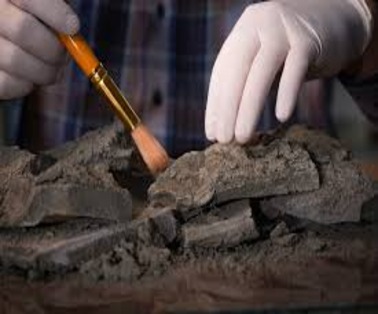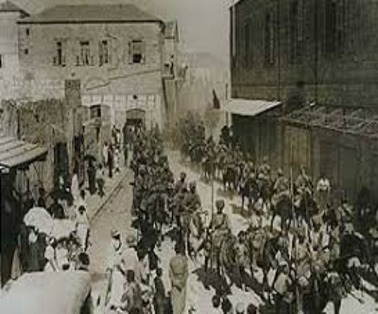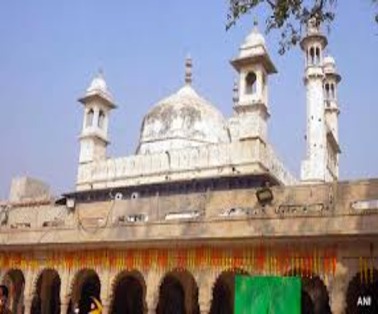The Allahabad High Court ordered a “scientific survey”, including carbon dating, of a “Shivling” said to have been found at the Gyanvapi mosque complex in Varanasi after setting aside a lower court order on the issue.
The Case Of Carbon Dating
- On May 16 last year, a court-ordered videographic survey of the Kashi Vishwanath temple-Gyanvapi mosquewas completed by a Commission appointed by a local court.
- During the survey proceedings, a structure – claimed to be a “Shivling” by the Hindu side and a “fountain” by the Muslim side – was found inside the mosque premises.
- In their plea before the High Court, the Hindu petitioners had requested “to make scientific investigation by carbon dating or otherwise to determine the age, nature and other constituents of the Shivlingam.”
- The order set aside an order of the Varanasi District Court that rejected a plea for scientific investigation, including carbon dating, of the structure.
What Is Carbon Dating
- Carbon dating is a widely-used method to establish the age of organic materials, things that were once living.
- Living things have carbon in them in various forms.
- The dating method is based on the fact that Carbon-14 (C-14), an isotope of carbon with an atomic mass of 14, is radioactive, and decays at a well known rate.
Procedure For Carbon Dating
- The most abundant isotope of carbon in the atmosphere is C-12.
- A very small amount of C-14 is also present. The ratio of C-12 to C-14 in the atmosphere is almost static, and is known.
- Plants get their carbon through photosynthesis; animals get it mainly through food.
- Because plants and animals get their carbon from the atmosphere, they too acquire C-12 and C-14 in roughly the same proportion as is available in the atmosphere.
- When they die, their interactions with the atmosphere stops. While C-12 is stable, the radioactive C-14 reduces to one half of itself in about 5,730 years — known as its ‘half-life’.
- The changing ratio of C-12 to C-14 in the remains of a plant or animal after it dies can be measured, and can be used to deduce the approximate time when the organism died.
Exceptions Of Carbon Dating
- Carbon dating cannot be applied in all circumstances. It cannot be used to determine the age of non-living things like rocks, for example.
- Also, the age of things that are more than 40,000-50,000 years old cannot be arrived at through carbon dating.
- This is because after 8-10 cycles of half-lives, the amount of C-14 becomes almost very small and is almost undetectable
Inanimate things
- There are other methods to calculate the age of inanimate things, many of which are based on the same principle as carbon dating.
- So, instead of carbon, decays of other radioactive elements that might be present in the material become the basis for the dating method.
- These are known as radiometric dating methods. Many of these involve elements with half-lives of billions of years, which enable scientists to reliably estimate the age of very old objects.
- Two commonly employed methods for dating rocks are potassium-argon dating and uranium-thorium-lead dating.
Gyanvapi mosque in Varanasi

The Temple To Lord Shiva
- For more than 100 years after the mosque was built, there was no temple at the site.
- The present Kashi Vishwanath Temple was built in the 18th century by Rani Ahilyabai Holkar of Indore, immediately to the south of the mosque.
- Over the decades it emerged as one of the most prominent and revered centres of the Hindu religion.
- Many Hindus have long believed that the original lingam of the erstwhile Vishweshwar temple was hidden by the priests inside the Gyanvapi well during Aurangzeb’s raid — which has fired the desire to conduct puja and rituals at the sacred place where the mosque now stands
To Download Monthly Current Affairs PDF Click here
Get Inspiration from CLAT 2025 Topper
Click here to get a free demo
Everything About CLAT 2025



